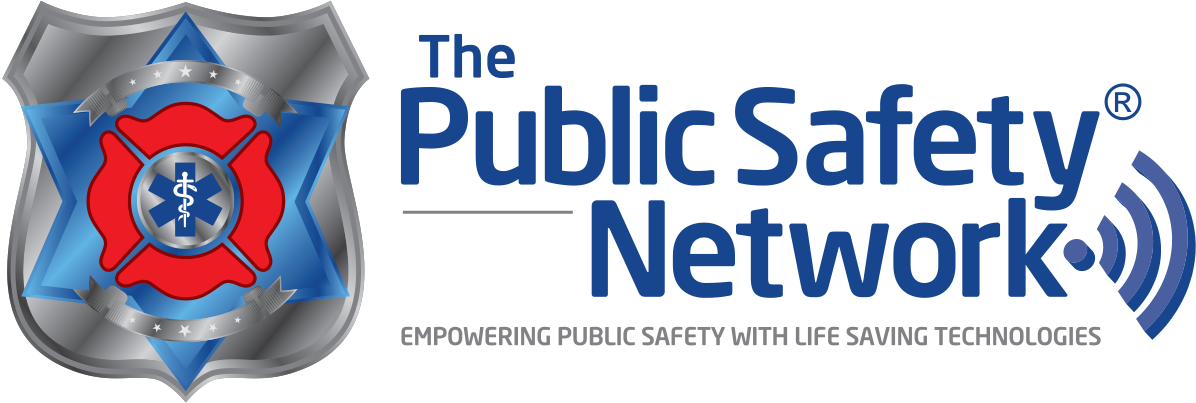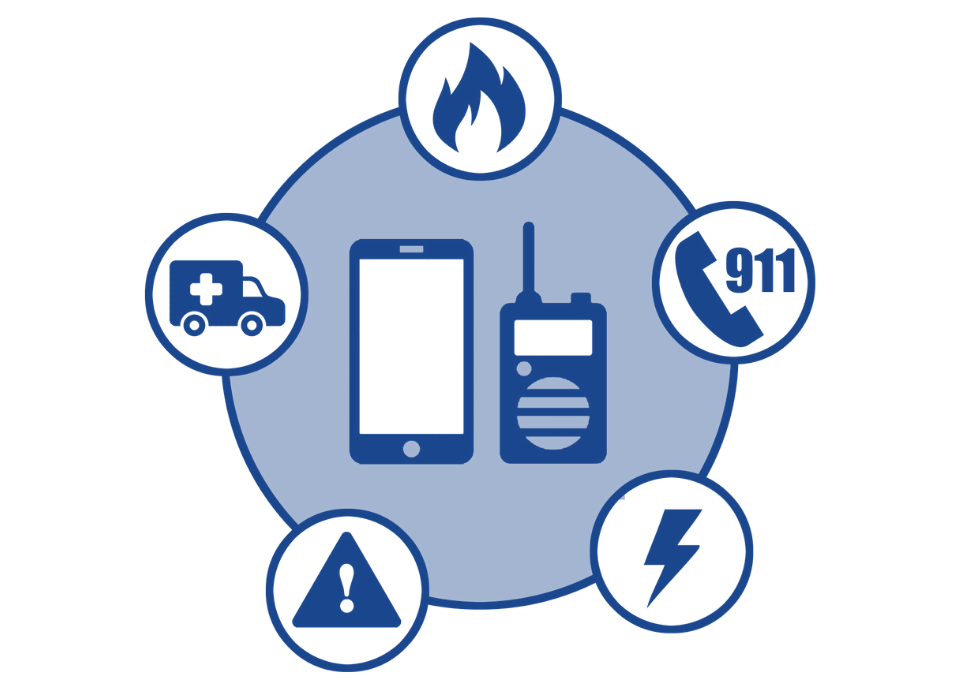
Build, Buy, Partner? Insights into Public Safety Technology Vendors’ Strategies
January 31, 2022
Public-Private LTE Partnerships: Key Business Considerations
March 29, 2022Satellite used to be a very cumbersome option for public safety. It was essentially Plan Z for communication (i.e., when there literally was no other connectivity options). If a first responder did have to use it, assuming someone on scene had access to the string of digits required to activate the connection on an excessively large handset, the agency was charged an astronomical per minute fee.
Satellite just wasn’t a sustainable communications option back then.
Now, though, there are numerous satellite options available for public safety agencies that are far more streamlined and affordable. Today’s world of high speed, low latency satellite solutions typically include an antenna or dish that uses satellite signals for internet backhaul when LTE and/or LMR aren’t available. The satellite internet backhaul can then be used for fixed line ethernet access or Wi-Fi access via a modem, wireless router or gateway. More advanced satellite solutions can be programmed for “least cost routing,” meaning the solution includes intelligence to switch to satellite when other networks aren’t available, and then switch back when terrestrial coverage is again detected.
There are also a wide variety of pricing options – from an all-inclusive monthly hardware/software/service and support package to a basic low monthly fee for “keep alive” service only plans that are used occasionally.
Public safety agencies whose personnel need satellite to maintain daily, ongoing connectivity (such as a state trooper driving in rural areas of a state with no LMR or LTE infrastructure) can select an option that provides more satellite minutes. The monthly pricing structures allow public safety to budget and prioritize their satellite usage based on each agency’s response area and circumstances.
We have highlighted some key solutions available to first responders to consider as they review and update their primary and contingency communications plans.
- Compact Rapid Deployable – Easily transported on a standard trailer hitch and deployed by a single person, this solution uses satellite to radiate FirstNet cell service and provide WiFi.
- Hypha by Wireless Innovation – Enables the user to use their digital mobile radio anywhere while managing the switching between a ‘radio talk group or channel’ and a ‘satellite talk group.’ It turns a vehicle into a ‘mobile repeater,’ allowing multiple users to have push to talk (PTT) voice communications away from the vehicle using their portable radios.
- Kymeta – Well suited for moving vehicles, this solution includes a flat panel “pizza box” satellite antenna and offers both satellite and satellite/cellular hybrid services.
- Starlink – Leverages low earth orbit (LEO) satellites to provide internet connectivity in rural and remote areas with limited or no cellular infrastructure and without access to high-speed broadband.
With these new and ongoing advances in satellite technology and more affordable service than ever before, first responders are now able to obtain connectivity effectively anywhere. Having a vital communications link is important not only for responders’ safety but for the safety of those they are there to help and for the overall response operations.
For more information about how satellite technology is used by public safety, contact the Public Safety Network.




